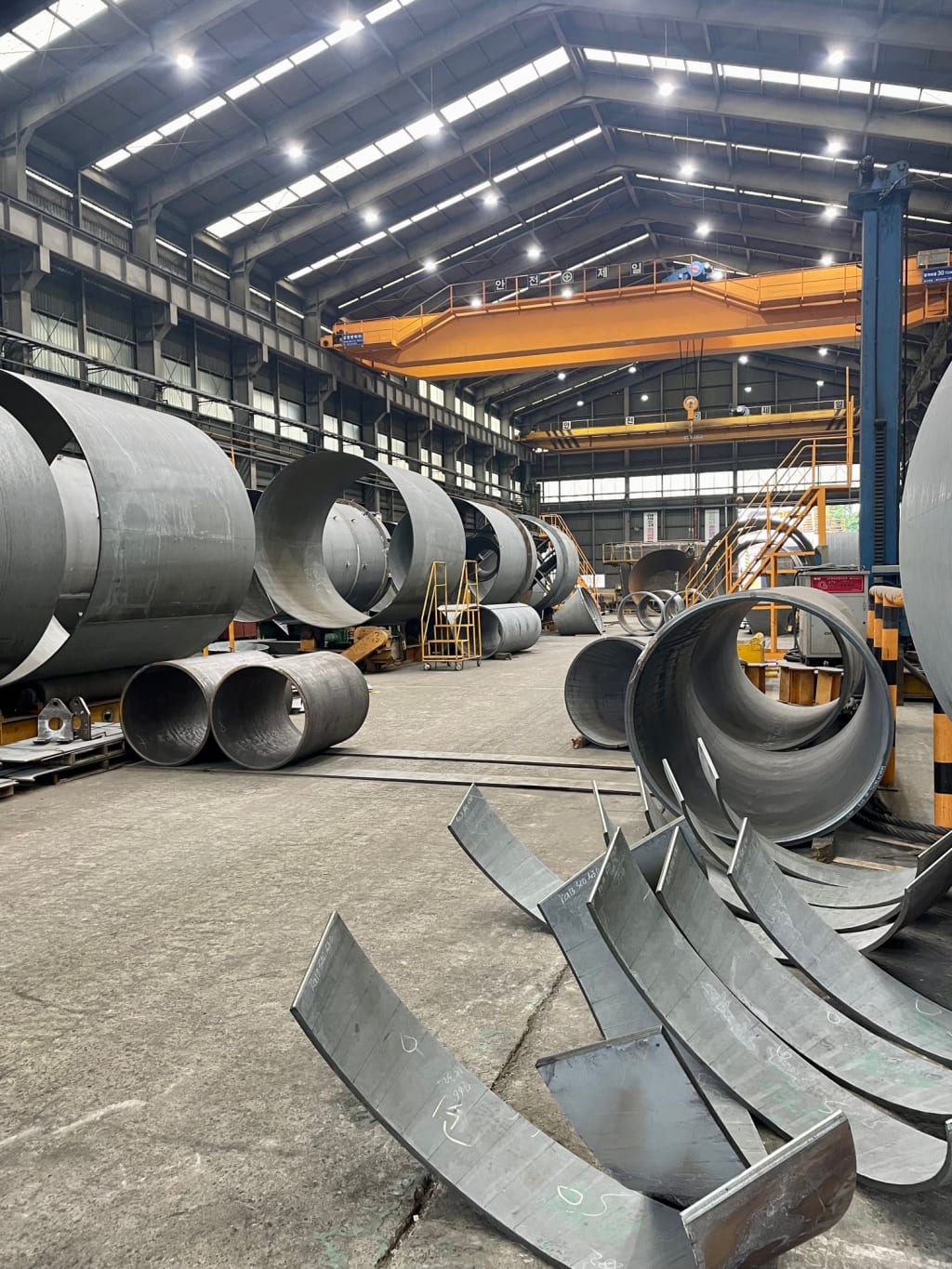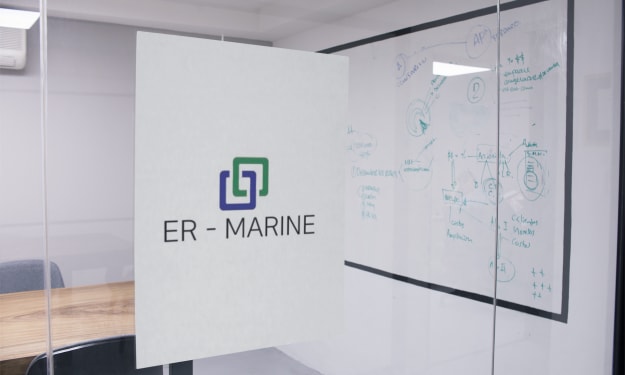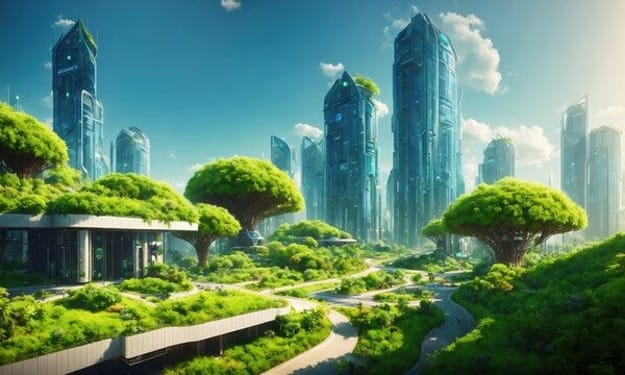Urgency of Offshore Wind Floaters' Industrialization!
Offshore Wind

Traditional fixed-bottom offshore wind farms have proven to be successful, but they are constrained by depth and geographical availability. However, in order for floating offshore wind to truly revolutionise the energy landscape, a mass-produced and industrialised floater concept must be developed. In this article, we will look at the importance of floating offshore wind and the need to increase production and industrialization of floating platforms.
The Potential of Floating Offshore Wind
Offshore wind farms have traditionally been built on fixed-bottom structures in relatively shallow waters. These projects have shown significant success in generating clean electricity. However, due to site constraints and a scarcity of suitable shallow waters, the expansion of offshore wind farms faces challenges. Furthermore, some of the strongest and most consistent winds are found in deeper waters, necessitating the development of floating offshore wind technologies.
Mooring systems tether floating offshore wind turbines to the seabed, allowing them to harness the potential of offshore wind in much deeper waters. This advantage greatly expands potential deployment areas, revealing previously untapped wind resources along coastlines and in open waters.
The Need for Mass Production and Industrialization
The technology must be scalable and cost-effective in order to fully realise the potential of floating offshore wind. Mass production and industrialization are critical to achieving these goals. This is why:
1. Cost Reduction: Floating offshore wind is currently in its early stages of development, and the costs of building and installing these systems are relatively high. Embracing mass production techniques allows for economies of scale, resulting in cost reductions throughout the supply chain. As a result, floating offshore wind will become more financially viable and competitive with other renewable and nonrenewable energy sources.
2. Accelerating Deployment: A mass-produced floater concept would speed up the deployment of floating offshore wind farms by streamlining the manufacturing process. As demand grows and projects multiply, efficient industrialization becomes even more important in order to keep up with the pace required to combat climate change effectively.
3. Technological Advancements: Mass production encourages research and development, resulting in continuous improvements in floater design and technology. As production volumes increase, engineers and scientists can identify and address any potential flaws or inefficiencies, improving the overall reliability and performance of floating offshore wind platforms.
4. Local Job Creation: The mass production of floating offshore wind floaters will boost job growth in areas where the technology is used. Manufacturing plants, assembly lines, and related industries will create new jobs, boosting economic growth while aiding the green transition.
5. Global Energy Security: Floating offshore wind has the potential to unlock vast renewable energy resources in the world's deeper waters. Countries can strengthen their energy security, reduce their reliance on fossil fuels, and contribute to a more sustainable global energy mix by mass-producing floaters.
Challenges in Mass Production and Industrialization
Despite the numerous advantages, there are some obstacles to overcome in the mass production and industrialization of floating offshore wind floaters:
1. Engineering Complexity: The design and construction of floating offshore wind platforms is technically challenging, necessitating expertise across multiple engineering disciplines. A significant engineering challenge is achieving a standardised and replicable design while accounting for different environmental conditions.
2. Supply Chain Development: Establishing a strong supply chain is critical to ensuring a consistent and affordable flow of materials and components for mass production. Collaboration among governments, industries, and research institutions is required to promote domestic production and reduce reliance on imports.
3. Environmental Impact: To minimise ecological impacts such as noise pollution, habitat disruption, and impacts on marine life, large-scale industrialization must be accompanied by comprehensive environmental assessments. To reduce the industry's carbon footprint, sustainable practises and recycling efforts should be integrated into the manufacturing process.
Conclusion
The rise of floating offshore wind represents a paradigm shift in the renewable energy sector. This technology has the potential to significantly increase global renewable energy capacity by tapping into deeper waters. However, in order to fully realise its potential, a mass-produced and industrialised floater concept must be developed. The industrialization of floating offshore wind will pave the way for a cleaner and more sustainable energy future by lowering costs, accelerating deployment, advancing technology, and creating jobs.
We can ensure that floating offshore wind plays a central role in mitigating climate change and securing a greener planet for future generations by addressing engineering complexities and supply chain challenges while embracing environmental responsibility.
About ER-Marine
ER - MARINE, an independent company and pioneer in offshore wind South Korea is committed to maximising the potential of floating offshore wind. The organization is offering a variety of solutions and services for the Korean offshore wind industry. The industrialization of the various floater concepts based on the Korean supply chain is one of the areas where we offer our local expertise.
Reach out to learn what we can do for you!
https://www.er-marine.com/
About the Creator
Erik Roelans
I am founder and CEO of ER-MARINE and write about the green energy transition, renewable energy challenges, climate change, offshore wind permitting, policy dialogue, marine biodiversity, renewables and floating offshore wind development.






Comments
There are no comments for this story
Be the first to respond and start the conversation.